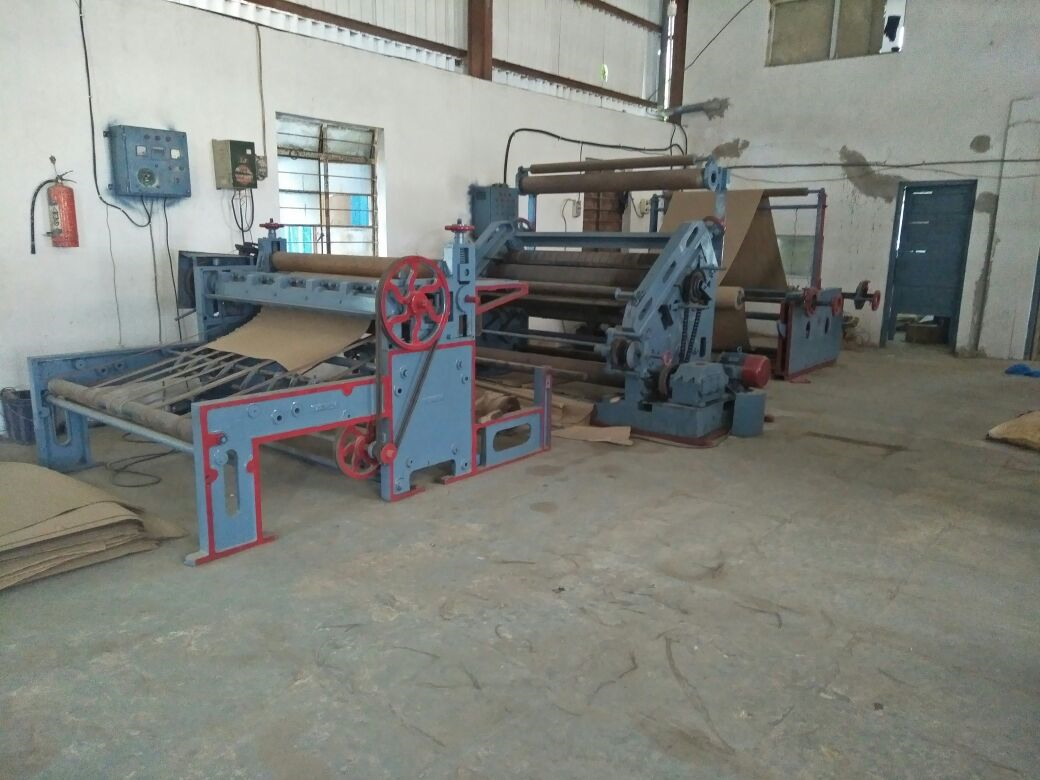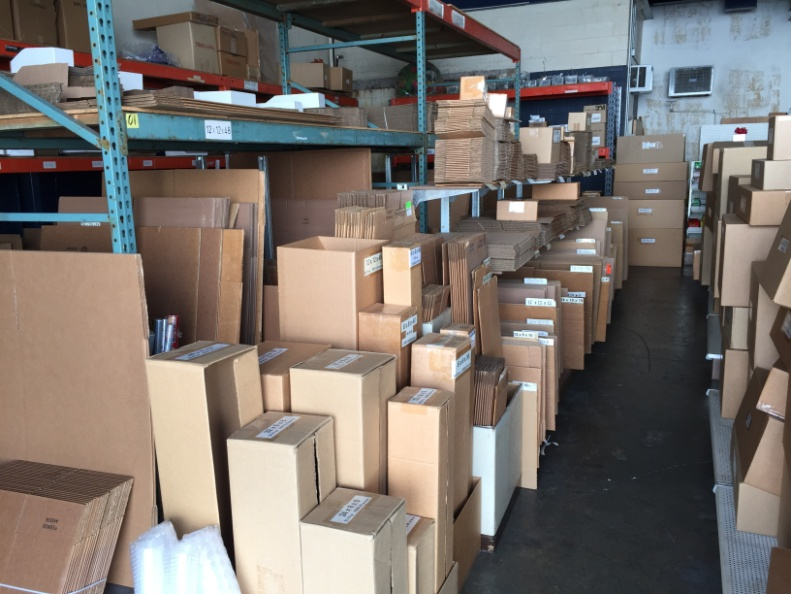Fibre Drum
In our third unit we deal with the manufacturing of fibre drums. Fibre drums are used widely in the chemical and pharmaceutical industries and can carry a wide range of materials. Fibre drums are used globally as a packaging medium for powder, granular, paste, solid and semi-liquid products and can be made to your specific needs.
Application:
Fibre drums are used widely in the chemical and pharmaceutical industries and can carry a wide range of materials, types of products packed include:
- Powders and Granules
- Adhesives
- Foodstuffs & flavourings
- Dyestuffs & colourants
- Wire & cable / metal
- Rolled sheet material
The Fibre Drum- Raw Material
Fibre drums are produced in specific diameters, with fully customisable heights and weight constructions, to specifically match the demands and requirements of customers and end users.
Although there are many styles and variations of fibre drum, all have the common feature of being made from fibreboard. This material comes from renewable, managed timber resources and is carefully chosen for its strength and performance. All drums have a fully removable lid, produced from fibre, plastic or steel, allowing full access to the drum. The global standard for securing the lid in place is by a metal closure band, with a lever or latch action, which can be secured with a tamper evident seal.
Disposal And The Environment
At the end of its useable life, a fibre drum can be split out into its constituent elements and recycled - making this package an economical, yet ecologically friendly option.
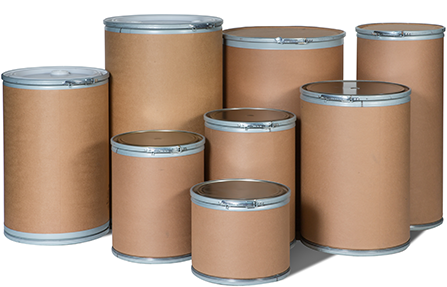
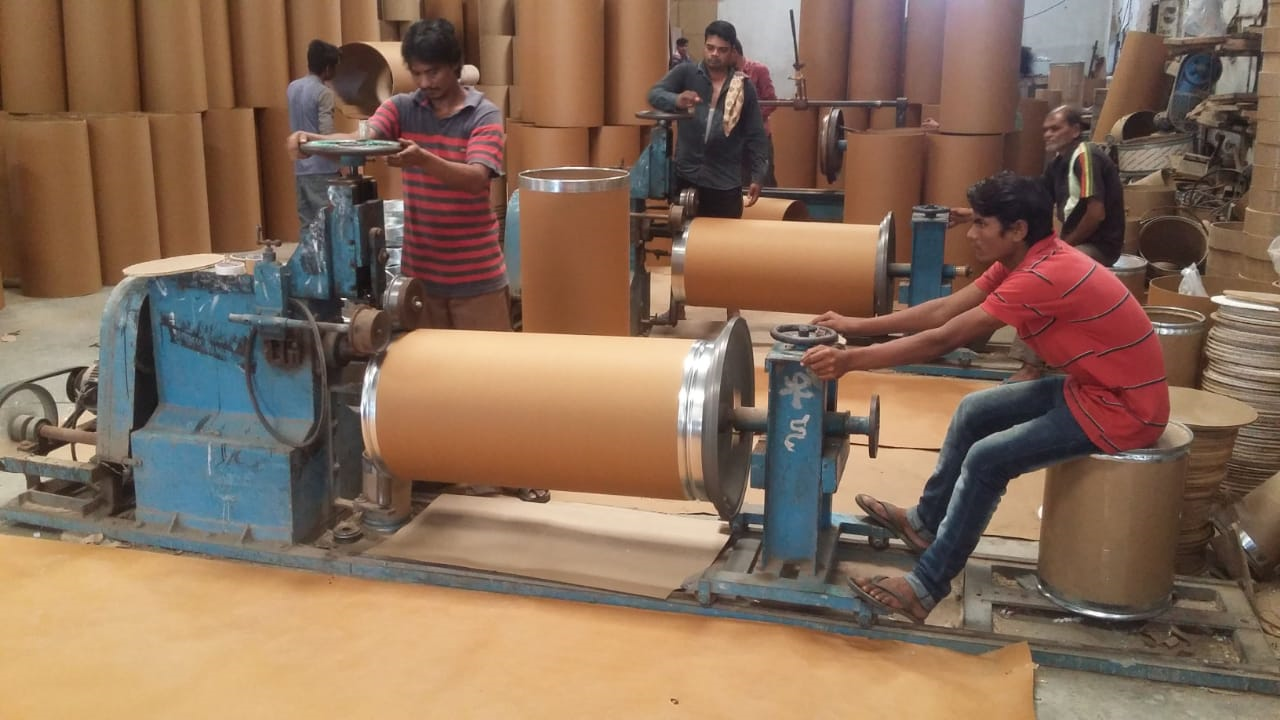
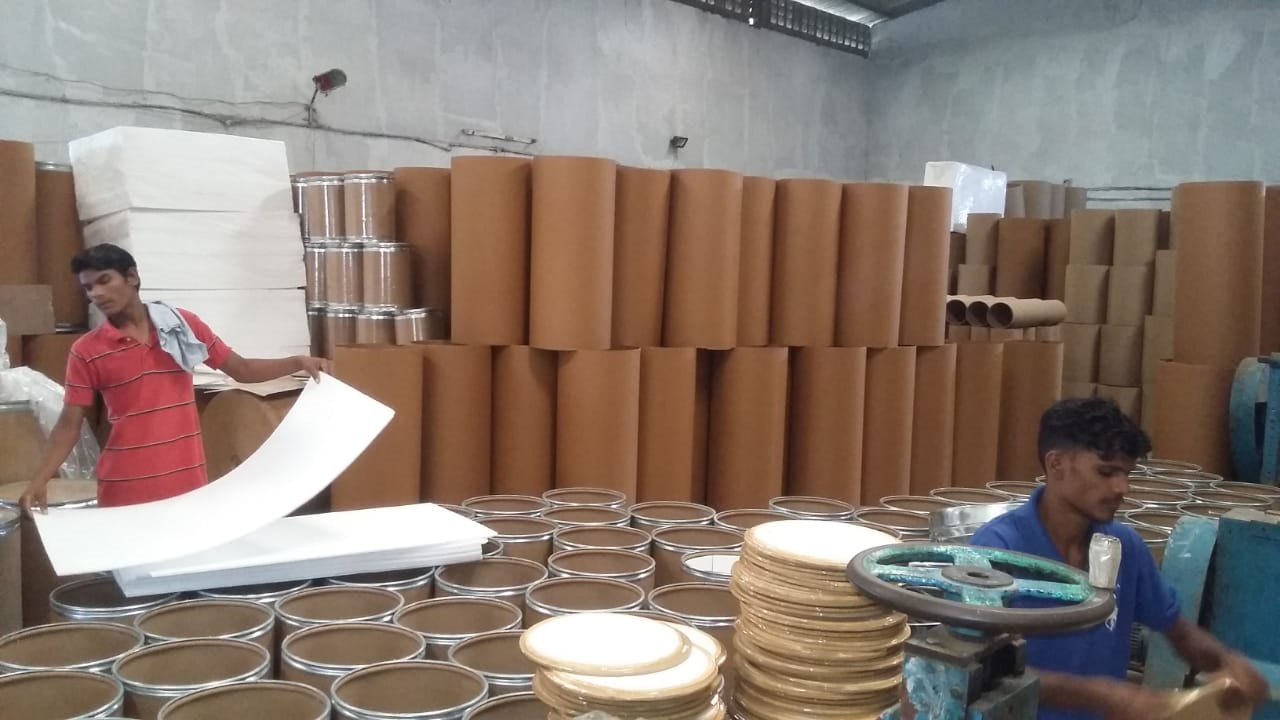
Corrugated Boxes
Corrugated boxes are made in box plant factories. Designed to be strong, they are comprised of corrugated paperboard, which contains air columns. These columns act as cushion, making the box more secure and protecting whatever it is the box is meant to hold safely.
Before a manufacturer builds a box, he must take into consideration the size, shape, strength, color, flutes, and the coatings. Depending on the required strength of the box, corrugated boxes may be made of one, two, or three layers of flutes and liners.
The key raw material in corrugating is paper. Different grades of paper comprise each layer that makes up a corrugated box.
Why Use Corrugated Boxes?
- Strength.
- Sizes.
- Recyclable and Biodegradable.
Corrugated boxes are stronger than you average cardboard box. These boxes work well for packing personal and valuable items. You can trust that they will remain safely stored inside the box. They withstand pressure and are crush-resistant.
Corrugated boxes come in a wide range of sizes, making it possible to fit any items you like. They are lightweight and can be broken down for transport or to store and reuse again.
Corrugated boxes are good for the environment. They are made from a renewable source, recycled, and reused.
Uses
Popular for their strength, durability, lightness, recyclability, and cost-effectiveness, corrugated boxes are used for the shipping of a variety of items. Due to the quality and safety of packaging items in corrugated boxes, they are used widely in the food industry. The boxes handle the pressure that comes with stacking, making them ideal for easy transporting.
More than 95% of all products in the United States are shipped in corrugated boxes. Corrugated paperboard accounts for more than half of all the paper recycled in the US.
Environmental Advantages of Using Corrugated Cardboard
Cardboard is an item that a lot of people use on a daily basis in some way, shape, or form. What many people don't realize is that cardboard is one of the most green packaging solutions available. In contrast to other packaging options, corrugated cardboard is made with a high percentage of recycled materials that can easily be reused again and again.


